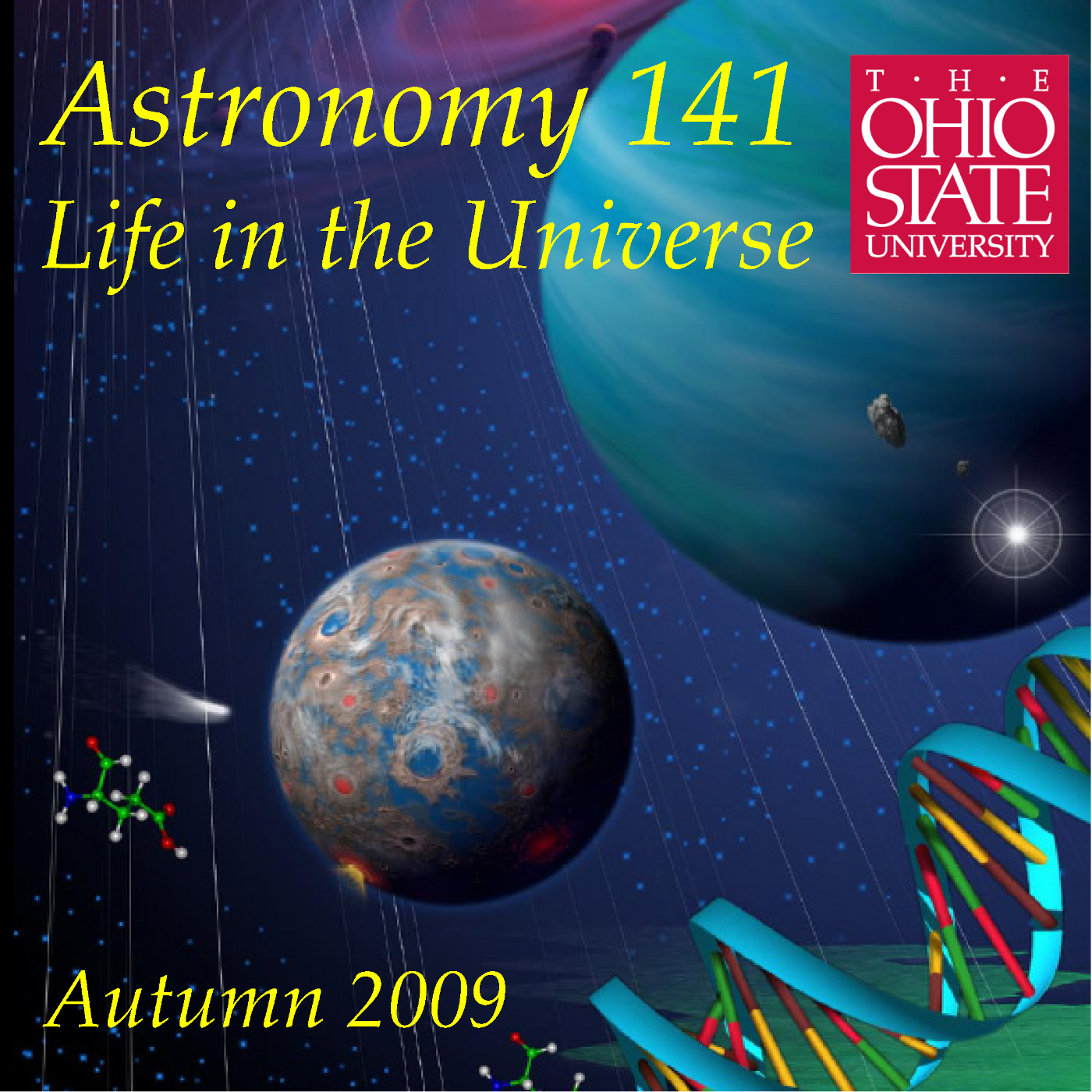Lecture 37: Strange New Worlds
Description
What are the properties of the 400+ exoplanets we have discovered so
far? This lecture reviews the properties of exoplanets, and finds a
couple of surprises: Jupiter-mass planets orbiting close to their parent
stars, and Jupiter-mass planets in very elliptical orbits. Both seem to
require some mechanism for migration: strong gravitational interactions
with either the protoplanetary disk or other giant planets to cause the
planets to move inward from their birth places beyond the "Ice Line".
We will then briefly discuss why we are seeing systems very different
from our own, mostly we think a selection effect due to our search
methods to date. Microlensing, however, is more sensitive to systems
like ours, and is starting to find them. Earths, however, remain
elusive so far, but the hunt is on. Recorded live on 2009 Nov 18 in
Room 1005 Smith Laboratory on the Columbus campus of The Ohio State
University.
More Episodes
Course finale and summary. We look back over where we've been the last
eleven weeks, and bring together all of the main themes of this course
on Life in the Universe. Recorded live on 2009 Dec 4 in Room 1005 Smith
Laboratory on the Columbus campus of The Ohio State University.
Published 12/04/09
Published 12/04/09
How will life, the Universe, and everything end? This lecture looks at
the evolution of our expanding Universe to project the prospects for
life into the distant cosmological future. Recent observations show
that we live in an infinite, accelerating universe. I will trace the
evolution of the...
Published 12/03/09


